Class Activity 1
Today, we talked about a unique, fun and mysterious process of how we can choose to introduce an activity and engage students. Below is an example of what we did.
As a group we were asked to….
- randomly pick 2 words from any book that you have
- randomly place your finger on the map provided and note down the place
- Label the 5 pieces of paper 1-5 (each paper should have one number not 5) and distribute one paper to each member.
- Follow the instructions below and record the answer individually on your paper.
person #1 – a place that will be fun to go
person #2 – a colour
person #3 – random object that comes to mind
person #4 – any shape
person #5 – any texture
- place your papers in their respective ziplock bags (i.e. 1s in each group will put there paper in the 1 ziplock bag)
- The two words will be the name of your client, the place you picked earlier is the destination that your client will be going to. The client wants you to design an outfit for them for that destination. (I.e. ours was Pepper Place from Tiki- Riki in New Zealand.)
- We never found out what the latter two activities were for.
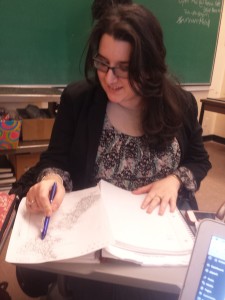
Key Concepts
We talked about how lesson planning could be an artform, which could capture the students’ imagination and engage them. How could we expect our students to be creative if we, as teachers, are often unimaginative and predictable in every aspect of our teaching career?
To make the classroom creative, we as teachers could…
- alter the room, alter ourselves (e.g. projecting a toothbrush)
- add a strange object (e.g. putting a manikin head on the teacher table)
- mysterious process (e.g. The umbilical cord activity written bellow)
- materials exploration (e.g. Having a box of random materials for students to manipulate and create something with.
- Surprising concepts
We talked about the umbilical cord symbolically, where I have an affect on you, you have an affect on me and everything is interconnected. A teacher could display this topic by physically attaching a doll with a piece of rope to her waste and throwing it. It is important that we pitch in ideas using surprising concepts and processes to engage students and keep them engaged.
Sketchbooks and materials exploration
The 3 Bs Brainstorm
We brainstormed what each B word represented/meant for us. Then we linked it to how all of its descriptions could describe what a sketchbook can do for us as well. I.e. it’s private (like a bedroom) and it’s true to you (like a best friend). Then, we went for a creative reveal of the sketchbook when the professor asked if we would like to see her brain. She uncovered the sketchbook from underneath an interesting cloth.
Bedroom
Best friend
Brain – sketchbook tangible version of my brain also a personal private space, can design it any way we want.
Challenge: Stations
Stations – each group did two stations. Each station had an envelop with instructions for their challenge.
The difficulties for this challenges involved agreeing on an initial vision and understanding the instructions before we could get started. Everyone had to come together already having built something before we can figure out how to piece it all together. Also, everyone has to understand the instructions as a group.
Our 1rst Station
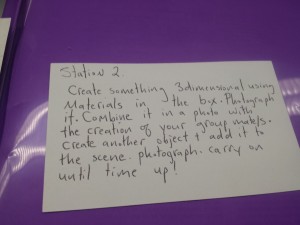
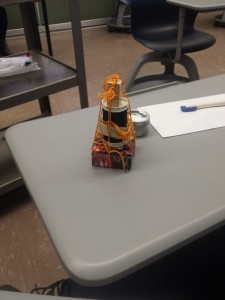
Tina L.
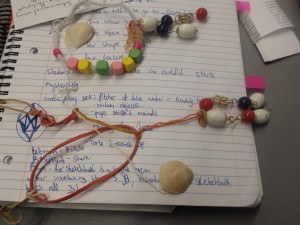
Ariella L.

Sarah T.
(Please Insert you picture Emily)
Emily K.
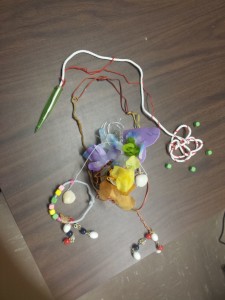
Combining our sculptures to make a bigger one.
Our 2nd Station
For our second station, our group was given a box of material and asked to make a picture out of it. We made volcano near a river in the moonlight.
